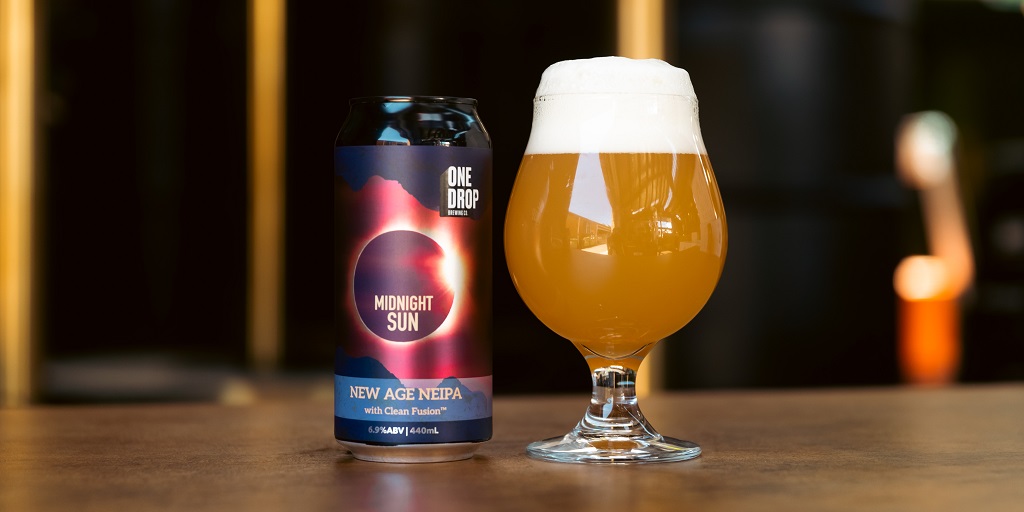™ or ® and the challenges of trademarking April 2022

Registering trade marks can enable a brewery to protect its beer brands from infringement by others -an ever-increasing threat in a growing market – but it can also be challenging.
One Drop Brewing Co. raised a number of questions earlier this year when it launched a hopping technique ‘Clean Fusion’, and used the ™ symbol in communications.
The questions were raised as One Drop did not have a registered trademark or a patent for the technique, and nor did it intend to apply for one, acknowledging that the use of the symbol was “a bit of fun in delivering the message”.
While it was an effective marketing tool, generating interest for the brewery’s hopping technique, it highlighted the distinction between the use of ™ and ® in signalling intellectual property claims.
James Omond, IP and trade mark specialist at Omond & Co., explained that you do not have to register a trademark with IP Australia, you can use the ™ symbol without it actually being registered.
“You use the ™ symbol to indicate that you are using a name as a trade mark. You often do this where the mark is not registrable for some reason, for example, it is too descriptive of the goods or services. Once a trade mark is registered, you are entitled to use the ® symbol.”
He said it was “surprising” that One Drop hadn’t made a move to register the trade mark.
“If they have come up with a novel or new means of manufacture, as indicated by the press release – this could be the subject of a patent application, which would give 20 years’ protection against anyone else using it.
“They may have even done this. But this is a different thing to the trade mark, as it doesn’t relate to the name of the process, which is the ™).”
One Drop confirmed later that it did not have plans to register Clean Fusion as a trade mark or a patent, as it wanted other breweries to try it for themselves and innovate, so would not likely enforce it – thus making the ™ more of an effective marketing tool than a intellectual property claim.
Trademarking IP can be a tricky business in itself, as Omond explained on BreweryPro.
“Trademarking has two benefits. It’s both the sword and the shield in that it can be used to stop other people from using a name similar to yours, and as a shield in that it provides a defence to someone else saying you’re infringing their trade mark,” he said.
Choosing a beer or company brand name including ingredients or that is overly descriptive, or too common or generic could mean that it does not get through the system.
Even if a company has been in existence for a while and gained a reputation in the market, or have their business name registered with ASIC, does not mean that they will necessarily be guaranteed approval for their trade mark.
Patents are even more difficult to register, as they must be “new, useful and inventive or innovative” according to IP Australia.
A standard patent lasts 20 years, and gives you the right to stop others from manufacturing, using and/or selling your invention in Australia without the patent holder’s permission, but you can also licence others to manufacture on agreed terms.
However, IP Australia also warned that if you demonstrate, sell or discuss your invention in public before filing an application, you may not get a patent.

